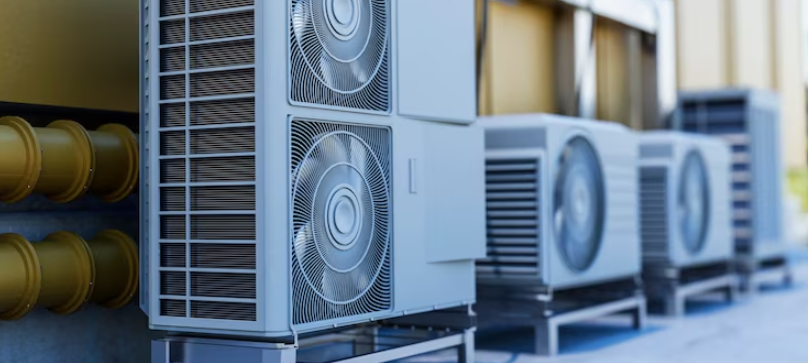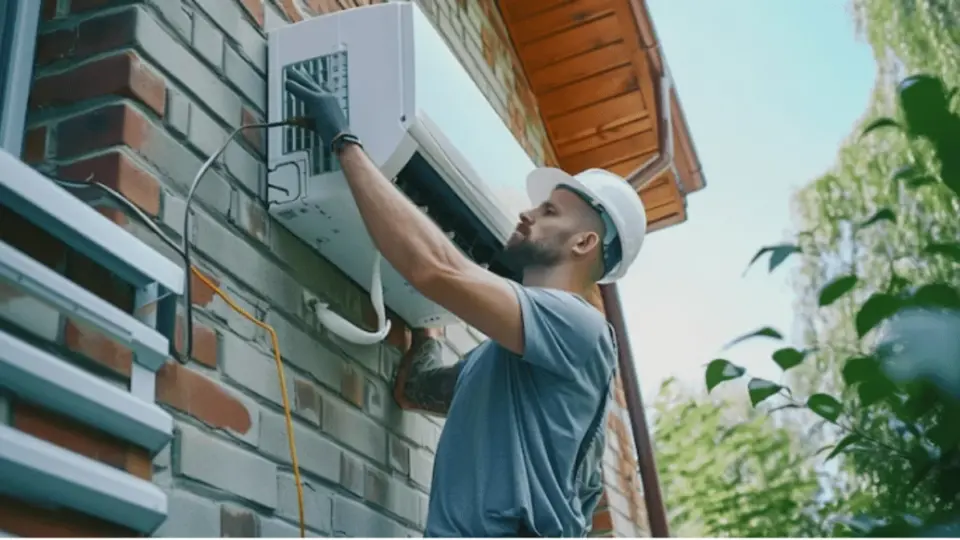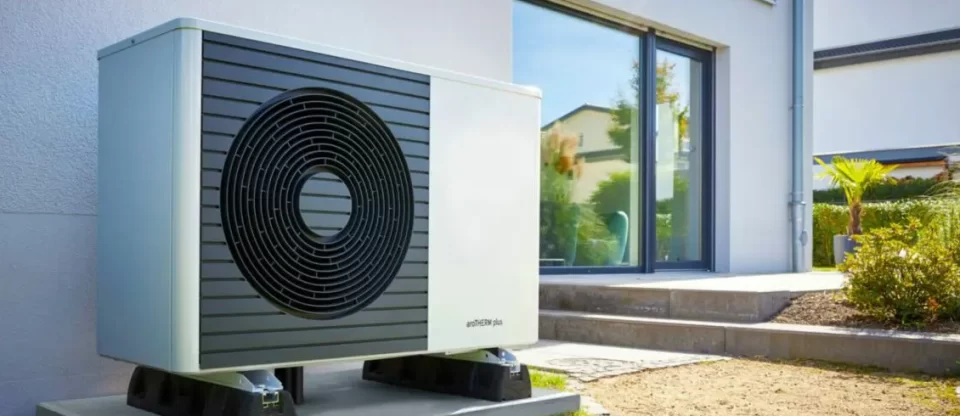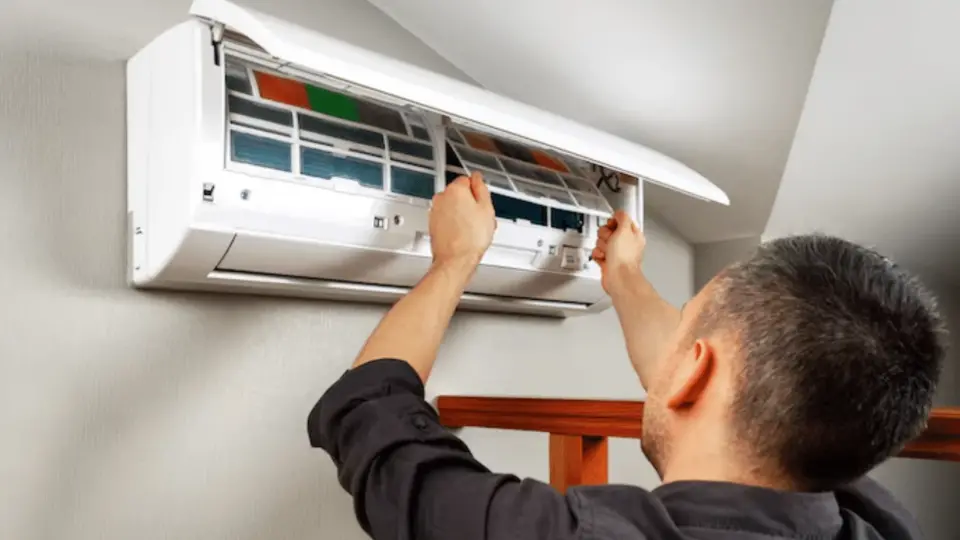That first AC repair call of the season isn’t always as simple as it looks. This spring, technicians are noticing a pattern—what starts as a basic fix often reveals bigger problems hiding under the surface. Maybe it’s a clogged filter leading to a struggling compressor, or a refrigerant leak masking deeper electrical issues. After months of sitting idle, AC systems are being pushed back into action, and that’s when the real issues start showing up.
What surprises a lot of homeowners is how quickly small problems can turn into major repairs. Many of these hidden issues didn’t start this spring—they’ve been building up quietly over time. Now that warmer weather is here, they’re finally making themselves known.
This seasonal shift is giving technicians a clearer view into the health of cooling systems, and what they’re seeing is more than just dirty coils and worn-out parts. It’s a reminder that maintenance matters, and that your system might be trying to tell you something more than just “I’m not working.”
How Do Technicians Determine if an AC Problem is Part of a Larger System Issue?
When an HVAC technician arrives to address a cooling issue, they’re not just there to patch a part and leave. The best techs are trained to think holistically—diagnosing not only the symptom, but the source. Because in HVAC systems, nothing operates in a vacuum. If one part is struggling, there’s a good chance the rest of the system is compensating, failing, or underperforming.
Here’s how techs identify when a minor AC issue is part of a bigger picture:
- Systematic Testing: Beyond fixing what’s obviously broken, techs often test refrigerant levels, airflow, thermostat calibration, and electrical connections to check for overall health.
- Performance Metrics: Smart diagnostic tools can reveal irregularities in pressure, cycling times, or energy use that suggest broader inefficiencies.
- Repeat Symptoms: If the same issue keeps coming back—like poor airflow or warm air output—it’s a red flag that something upstream or downstream in the system is failing.
- Mismatch Clues: A unit that’s the wrong size for the home or paired with incompatible components can lead to chronic problems, even if individual parts “pass inspection.”
- Wear Patterns: Uneven wear on components like motors, capacitors, or coils can indicate bigger problems like poor airflow, dirty ductwork, or insulation issues.
In short, what seems like a single repair often reveals patterns. A good technician connects those dots—and helps the homeowner understand what’s really going on behind the vents.
What Hidden Problems Are Commonly Found During Spring AC Repairs?
You might call in a technician to fix one thing, but they’ll often find a few surprises once they open up the system. Spring inspections, in particular, tend to uncover issues that developed during the colder months, especially in homes that went months without running the AC.
Here are some of the most common “hidden” problems uncovered during spring AC repairs:
- Dirty or Leaky Ductwork: Poor airflow or uneven cooling isn’t always the AC’s fault—it’s often due to duct leaks, blockages, or insulation loss.
- Wiring Degradation: Rodents, age, or moisture can damage wiring, causing short circuits, thermostat failures, or intermittent system shutdowns.
- Mold or Mildew in the Air Handler: Moisture buildup over the winter can lead to microbial growth, especially if drainage or ventilation isn’t up to par.
- Oversized or Undersized Units: Spring is when homeowners really start to feel whether their system is properly matched to their space—and mis-sized units are a major cause of inefficiency and discomfort.
- Failed Thermostats or Sensors: A bad thermostat can make the whole system seem broken. Techs often find miscalibrated or malfunctioning sensors during routine inspections.
- Clogged Drain Lines: Debris and algae can build up over time, causing water backups and even damage to ceilings or floors if left untreated.
These aren’t always dramatic issues, but left unchecked, they can lead to high energy bills, poor comfort, and eventually major breakdowns in the heat of summer.
Why are Spring AC Inspections Uncovering More Than Just Cooling Issues?
Spring is the HVAC industry’s version of detective season. Why? Because the transitional weather gives techs a unique opportunity to test both heating and cooling systems—and observe how well the whole home comfort system is working.
More homeowners are scheduling spring maintenance not just to prevent breakdowns, but to get a complete picture of their home’s efficiency and comfort. That means techs are being asked to go beyond just AC functionality.
Here’s why spring HVAC visits are revealing more holistic issues:
- Homeowners Are Asking Bigger Questions: With rising energy costs and increased time spent at home, people are more aware of how their HVAC systems affect comfort, air quality, and utility bills.
- Interconnected Systems: Today’s smart homes often link HVAC with humidity control, air purification, and zoning—all of which must be evaluated together.
- Seasonal Extremes: Spring is often the first time homeowners notice how their homes transition from heating to cooling. If things feel “off,” techs are called in to investigate.
- A Push for Energy Efficiency: Spring is a popular time for home energy audits, and HVAC systems are usually the biggest culprit when efficiency is low.
- Preventive Upgrades: Spring inspections are increasingly becoming the launchpad for duct sealing, insulation improvements, or smart thermostat upgrades—especially in older homes.
Rather than waiting for a midsummer meltdown, spring offers the perfect window to catch system-wide issues when they’re just beginning to show.
How Can Recurring AC Failures Point to Underlying System Concerns?
If you’ve had to call an HVAC technician more than once in the last few seasons, that’s not just bad luck—it might be a warning sign. Recurring AC problems are often the symptom of a deeper issue, and the real solution isn’t another patch job—it’s a system rethink.
Here’s what recurring failures might be telling you:
- Aging Infrastructure: Even if the AC is new, it may be connected to decades-old ductwork or outdated electrical systems that are dragging it down.
- Improper Installation: If a system wasn’t installed properly to begin with—wrong sizing, incorrect refrigerant levels, poor airflow design—it may never run efficiently, no matter how many times it’s repaired.
- Incompatible Components: Mixing new equipment with old (like replacing just the condenser without updating the air handler) can create mismatched systems prone to failure.
- Neglected Maintenance: If filters, coils, or drainage systems haven’t been properly maintained, you may see the same issues reappear each year.
- Home Envelope Problems: Sometimes, it’s not the system—it’s the house. Poor insulation, leaky windows, or attic ventilation issues can make your AC work overtime and still not meet your comfort needs.
Recurring problems are the system’s way of waving a red flag. Smart homeowners—and technicians—use that flag as an invitation to look deeper.
Don’t Ignore What Your AC is Trying to Tell You
When your AC breaks, it’s not just asking for a repair. It’s often sending a message: something bigger might be going on. And this spring, more and more HVAC professionals are tuned in to what those breakdowns really mean.
They’re not just fixing the obvious problem—they’re reading the system, tracing the symptoms back to the source, and helping homeowners understand the broader dynamics at play.
Because your AC doesn’t live in a vacuum. It’s part of a complex system that includes ductwork, insulation, humidity levels, thermostats, and airflow patterns. The more we recognize that, the better we can maintain comfort, reduce costs, and plan smarter for the future.
Turn Repairs Into Real Solutions with Us
At Elite Air & Heat of Columbia, we know that a repair is often just the beginning of the conversation. That’s why our spring service calls include a full system evaluation—not just a quick fix. We look for the hidden issues, the inefficiencies, and the patterns that tell the real story behind your AC problems.
From airflow testing to duct inspections to smart thermostat integration, we offer more than just cooling—we offer comfort, clarity, and peace of mind.
Call us today and let your AC do the talking—we’ll handle the listening.





